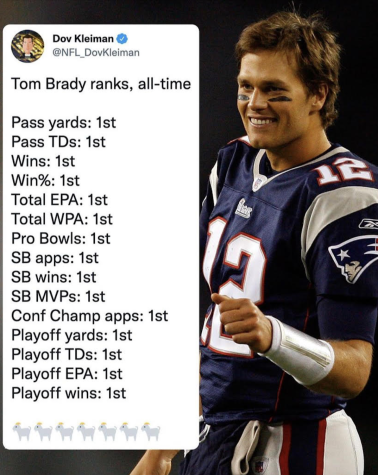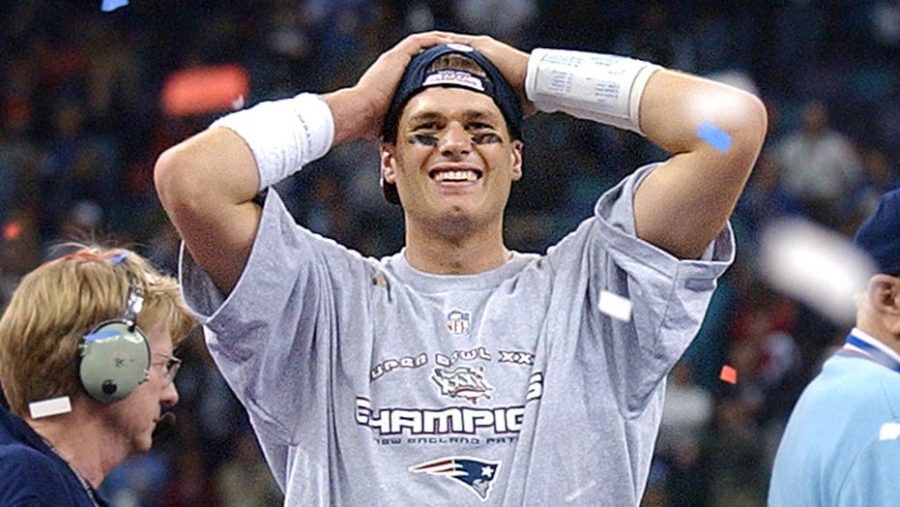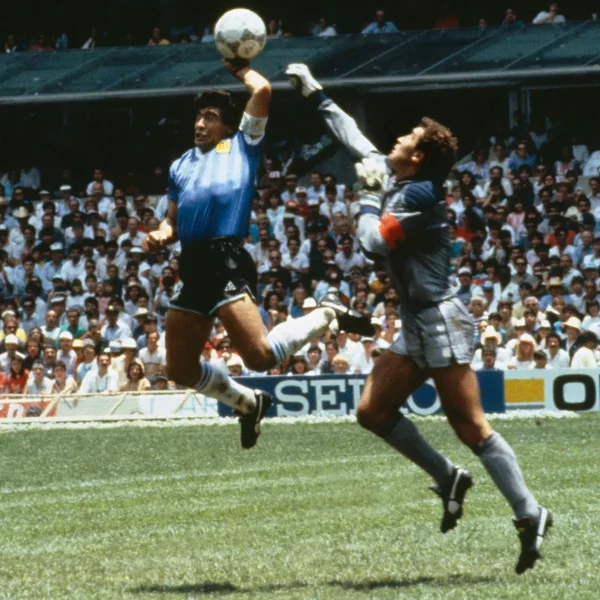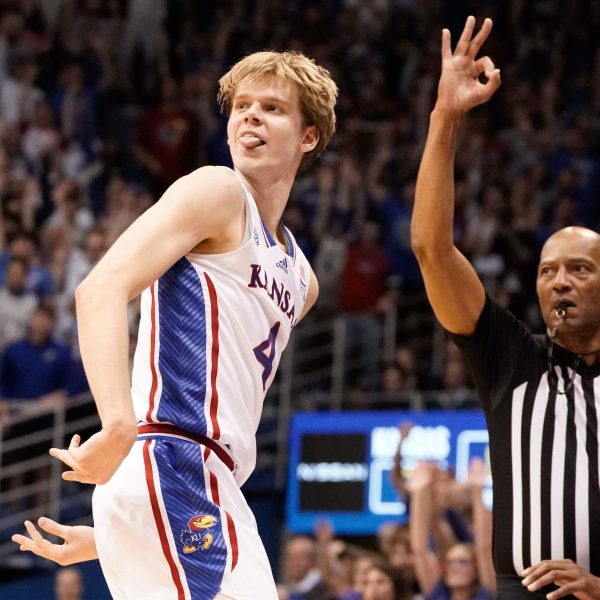Tom Brady’s Retirement
After an illustrious 22-year career, Tom Brady has finally called it a career.
Jordan or LeBron? Pele or Messi? Woods or Nicklaus? The greatest of all time, a.k.a. the ‘GOAT,’ is a common debate among fans of every sport. Oftentimes, these discussions last for hours and end in no change of opinion for either side. In the NFL, however, there has become a consensus among players, coaches, and fans, that Tom Brady is the greatest player to ever step on the field.
On January 29th, reports began to surface that Brady was retiring. ESPN’s Jeff Darlington and Adam Schefter, two of the most credible sources in the NFL community, were quick to confirm that Brady was indeed hanging up his cleats. However, the media was sent into a frenzy when Brady’s father, Tom Brady Sr., announced later that afternoon that his son had made no such decisions. Further, the Buccaneers organization released a statement declaring that Brady had not informed them of any plans to retire. It appeared as though the initial source who leaked the quarterback’s retirement was actually a false claim.
Three days later, on February 1st, Brady himself announced retirement with an Instagram post. It is likely that Brady had in fact made up his mind when the initial reports surfaced, but was waiting until after the conclusion ofthe season to announce his retirement. Regardless, the best career that the NFL has ever seen, and one of the best in sports history, has concluded.
In his final game, Brady’s demise came at the hands of a game winning field goal by the eventual Super Bowl qualifiers the Los Angeles Rams. The Buccaneers trailed 27-3 late in the game when Brady led his team on an incredible run, tying the score at 27-27 with less than 50 seconds to play. The Rams, who had been unable to move the ball all half, quickly marched down the field and scored a field goal as time expired. Unlike his longtime rival Peyton Manning, Brady’s career did not end with a walk off into the sunset after a Super Bowl victory. But it was a perfect representation of the Tom Brady the world has come to know: he always makes it a game.
Perhaps the most impressive thing about Brady’s career is his longevity. While many legendary quarterbacks play until their arms physically begin to fail them (ex: Peyton Manning, Drew Brees, Ben Roethlisberger), Brady showed no signs of slowing down. At 44 years old, he recorded a career high in passing yards with 5,316 and his second-most touchdown passes in a season with 43. Brady was not playing at a high level; he was playing at an MVP level. In fact, in only five seasons after turning 40 years old, Brady has more touchdown passes (168) than he did in all of his 20s (147).
Alongside Brady’s retirement came a plethora of social media posts recounting the great statlines and records of his career, but one in particular stood out: Brady has arguably had three separate Hall of Fame careers. ESPN split it up, and the numbers are almost unbelievable:
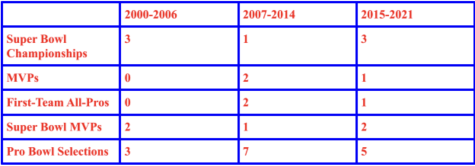
In his path to becoming the GOAT, each one of Brady’s “three careers” solidified an important milestone.
It was the 2000-2006 era which established Brady as a winner. Although he was not necessarily terrorizing defenses with massive statlines, he played mistake-free football and let the dominant Patriots defenses of the early 2000s set the tone of games. Make no mistake, Brady was a major part of the three Super Bowl titles, particularly the 3rd one. But this was still Brady’s youth and he was not asked to do as much on a game-to-game basis as he would be in later years.
The 2007-2014 era was Brady’s transition from simply a winner to a dominator. The Patriots defenses of this time were far worse compared to the early 2000s, but Brady carelessly picked up their slack and brought the team to 4 Super Bowl appearances. In the same period, he won 2 MVPs, passed for 245 touchdowns, and made the Pro Bowl 7 times. One can only wonder what the Patriots would have looked like in the 2008 season if Brady had not gotten injured. New England returned nearly its entire roster from the previous year in which their 18-0 record was snapped by the Giants in the championship game. Unfortunately, Brady tore his ACL in week 1 and missed the entire season.
The final era, 2015-2021, solidified him as the greatest player of all time. In his final 7 seasons, Brady made the Super Bowl 4 times, winning three of them. At a point in which most straggling NFL veterans would be hanging up their cleats, Brady seemed to be in a flourishing prime. Moreover, he was smarter than any player in the league. He knew how to manipulate defenses, having an acute idea of where he would throw the ball before plays even started. His interceptions also fell sharply compared to early in his career. Simply put, Brady mastered the combination of a terrorizing air raid while playing mistake free football. When a quarterback does that, as Brady proved, it’s nearly impossible to beat him.
Much the way we ask about Michael Jordan today, our kids and grandkids will one day ask what it was like to watch Tom Brady play. The problem is: quarterbacks don’t often provide flashbulb memories like free throw line dunks or buzzer beaters in the NBA finals. They don’t hit holes in one. They don’t crush home runs over the fence in the bottom of the 9th. In fact, when a quarterback throws a touchdown pass, the camera follows the ball downfield, usually cutting him right out of the frame. How can we explain to the next generation what it was like to watch the greatest player of all time without a specific pass or play in memory? The answer is simple. Brady’s career is not one of glamorous highlights and incredible feats of athleticism. But what it is, and what we will tell in the future, is that he was a winner. Young or old, warm or cold, his entire career, Tom Brady always got the job done.
Oh, and here are just a few more incredible stats:
